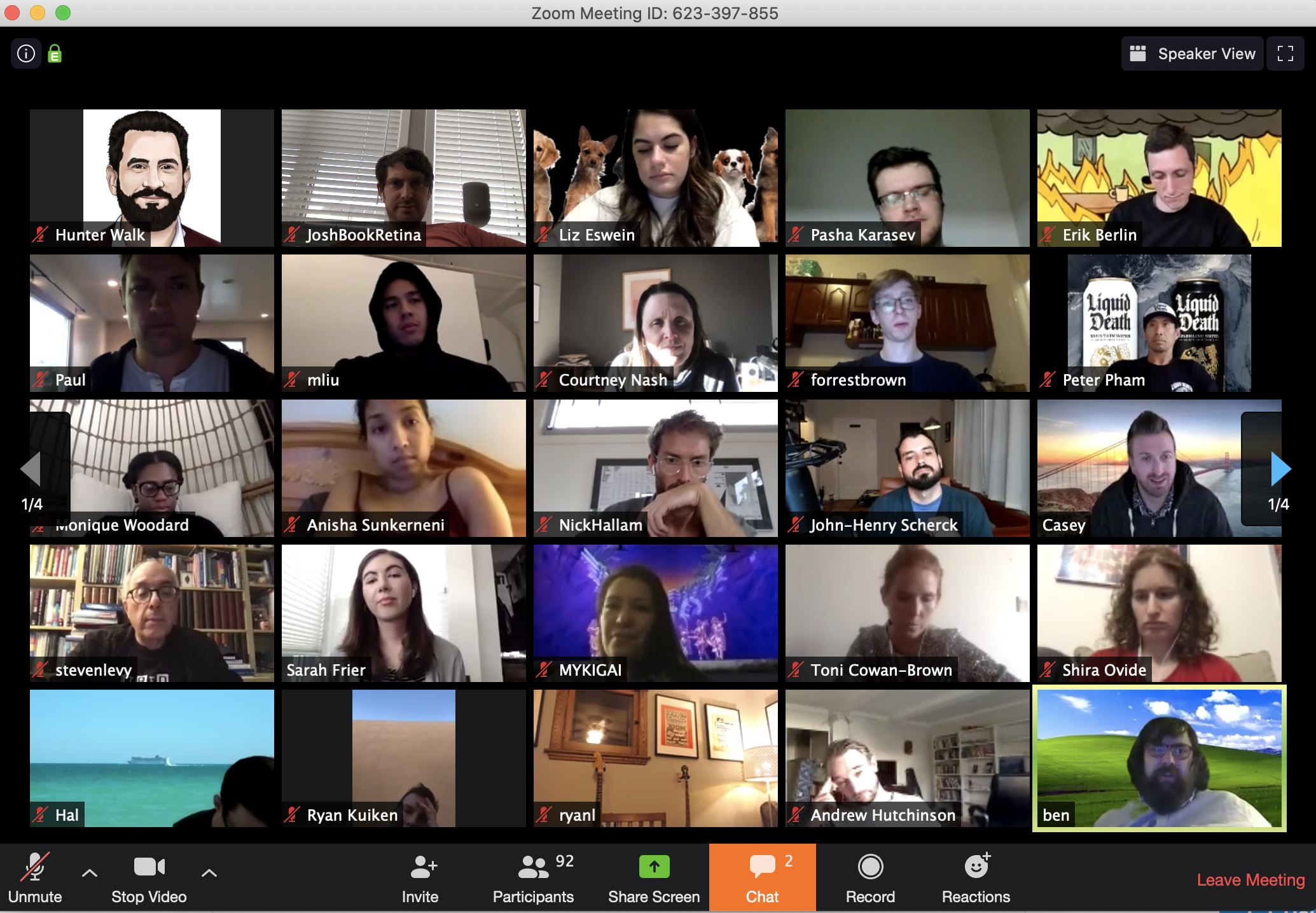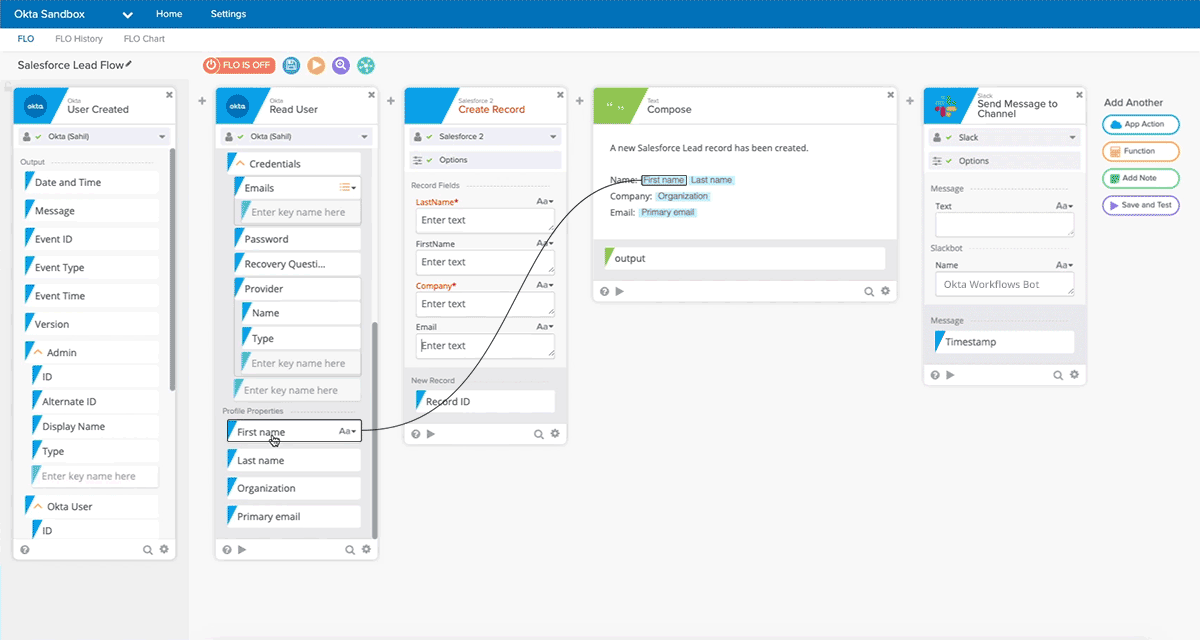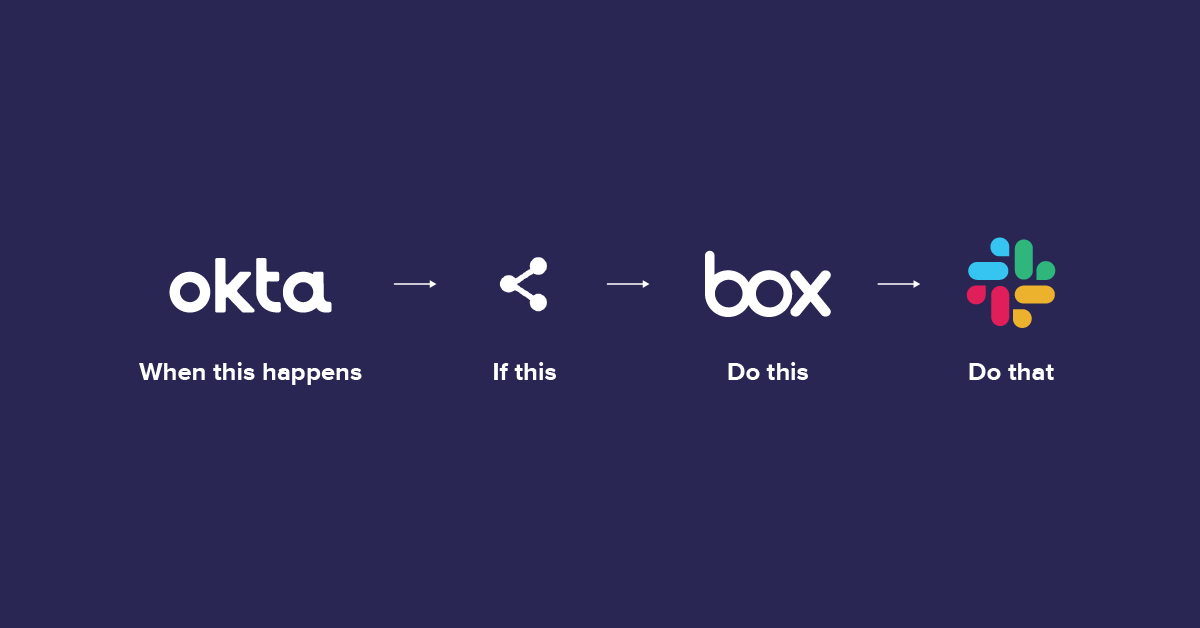Most of the world — despite the canaries in the coal mine — was unprepared to cope with the coronavirus outbreak that’s now besieging us. Now, work is starting to get underway both to help manage what is going on now and better prepare us in the future. In the latest development, the UK government today announced that it will issue £20 million ($24.5 million) in grants of up to £50,000 each to startups and other businesses that are developing tools to improve resilience for critical industries — in other words, those that need to keep moving when something cataclysmic like a pandemic hits.
You can start your application here. Unlike a lot of other government efforts, this one is aimed at a quick start: you need to be ready to kick of your project using the grant no later than June 2020, but earlier is okay, too.
Awarded through Innovate UK, which part of UK Research and Innovation (itself a division of the Department of Business, Energy and Industrial Strategy), the grants will be available to businesses of any size as long as they are UK-registered, and aim to cover a wide swathe of industries that form the core fabric of how society and the economy can continue to operate.
“The Covid-19 situation is not just a health emergency, but also one that effects the economy and society. With that in mind, Innovate UK has launched this rapid response competition today seeking smart ideas from innovators,” said Dr Ian Campbell Executive Chair, Innovate UK, in a statement. “These could be proposals to help the distribution of goods, educate children remotely, keep families digitally connected and even new ideas to stream music and entertainment. The UK needs a great national effort and Innovate UK is helping by unleashing the power of innovation for people and businesses in need.”
These include not just what are typically considered “critical” industries like healthcare and food production and distribution, but also those that are less tangible but equally important in keeping society running smoothly, like entertainment and wellbeing services:
- community support services
- couriers and delivery (rural and/or city based)
- education and culture
- entertainment (live entertainment, music, etc.)
- financial services
- food manufacture and processing
- healthcare
- hospitality
- personal protection equipment
- remote working
- retail
- social care
- sport and recreation
- transport
- wellbeing
The idea is to introduce new technologies and processes that will support existing businesses and organizations, not use the funding to build new startups from scratch. Those getting the funding could already be businesses in these categories, or building tools to help companies that fall under these themes.
The grants were announced at a time where we are seeing a huge surge of companies step up to the challenge of helping communities and countries cope with COVID-19. That’s included not only those that already made medical supplies increase production, but a number of other businesses step in and try to help where they can, or recalibrate what they normally do to make their factories or other assets more useful. (For example, in the UK, Rolls Royce, Airbus and the Formula 1 team are all working on ventilators and other hospital equipment, a model of industry retooling that has been seen in many other countries, too.)
That trend is what helped to inspire this newest wave of non-equity grants.
“The response of researchers and businesses to the coronavirus outbreak have been remarkable,” said Science Minister Amanda Solloway in a statement. “This new investment will support the development of technologies that can help industries, communities and individuals adapt to new ways of working when situations like this, and other incidents, arise.”
The remit here is intentionally open-ended but will likely be shaped by some of the shortcomings and cracks that have been appearing in recent weeks while systems get severely stress-tested.
So, unsurprisingly, the sample innovations that UK Innovate cites appear to directly relate to that. They include things like technology to help respond to spikes in online consumer demand — every grocery service in the online and physical world has been overwhelmed by customer traffic, leading to sites crashing, people leaving stores disappointed at what they cannot find, and general panic. Or services for families to connect with and remotely monitor vulnerable relatives: while Zoom and the rest have seen huge surges in traffic, there are still too many people on the other side of the digital divide who cannot access or use these. And better education tools: again, there are thousands of edtech companies in the world, but in the UK at least, I wouldn’t say that the educational authorities had done even a small degree of disaster planning, leaving individual schools to scramble and figure out ways to keep teaching remotely that works for everyone (again not always easy with digital divides, safeguarding and other issues).
None of this can cure coronavirus or stop another pandemic from happening — there are plenty of others that are working very squarely on that now, too — but these are equally critical to get right to make sure that a health disaster doesn’t extend into a more permanent economic or societal one.
More information and applications are here.

![]()








